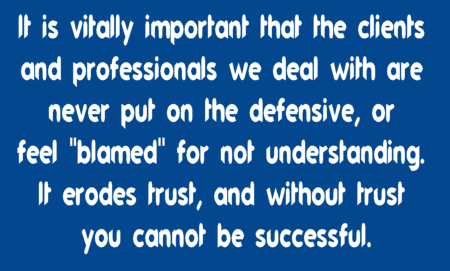As a patient advocate, there’s no way around needing familiarity with major social media platforms—such as Facebook, LinkedIn, Instagram, and X (formerly known as Twitter). However, just being on these platforms isn’t enough. You have to leverage these tools to their full potential. Social media offers a powerful means to reach new clients, share valuable insights, and build a professional reputation in the patient advocacy field. We’ll help you think about strategies to maximize the impact of these platforms.
In this article
- Choosing the right platforms
- Sharing expertise
- Consistency is key
- Engaging with your audience
- Building a network in online communities
Choosing the Right Platforms
Social media platforms are not all the same. Some may fit you and help you reach your goals better than others. When considering social media platforms, pick the one or ones that align with your professional goals and resonate best with your target audience.
- Facebook serves as an ideal platform for community-building. As a patient advocate, you can create or join groups, share detailed posts, and engage with individuals who may benefit from your services. Seek out existing patient groups that are specific to the audience you want to reach, like a rare disease group or one focused on different kinds of health coverage
- LinkedIn is the primary platform for professional networking. It is a perfect venue for sharing thought leadership articles, commenting on industry trends, and connecting with other professionals in the healthcare space.
- Instagram is ideal for visual storytelling. Patient advocates can use this platform to share before-and-after stories, snapshots of your success stories, or inspirational quotes that resonate with your audience.
- X (formerly Twitter) is effective for quick updates and real-time engagement. It allows patient advocates to join relevant conversations, share timely news, and follow healthcare topics that matter to your audience.
- TikTok stands out as a powerful platform for short, impactful videos. Patient advocates use it to share quick tips, demystify healthcare topics, and connect with a younger, more diverse audience. Its engaging format allows advocates to simplify complex information and build trust with viewers quickly.
Start by focusing on the platform that best aligns with your goals and where your target audience is most active. Expand to additional platforms as your familiarity and comfort grow.
Sharing Expertise
Content creation is an essential strategy for establishing expertise and building trust in the patient advocacy space.
- Educational Posts: Sharing tips, health information, or personal stories helps educate your audience while demonstrating your patient advocacy expertise.
- Patient Success Stories: Real-life success stories resonate with people and build credibility. Sharing such stories highlights the impact of your advocacy work.
- Video Content: Video content is highly engaging and effective for explaining complex topics or introducing services. It adds a personal touch and fosters a stronger connection with the audience.
Educating your audience through well-crafted content builds trust and establishes your professional reputation.
Consistency is Key
Consistency in posting is crucial for maintaining visibility and demonstrating ongoing engagement in the patient advocacy field.
- Developing a content calendar helps you post regularly and help plan content in advance.
- Regular posting maintains visibility and signals that you are active and committed to your work.
Consistency in social media activity is vital for staying top-of-mind with your target audience, ensuring that potential clients think of you when they need assistance.
Engaging with your Audience
Beyond posting content, you should actively engage with your audience to build meaningful connections.
- Respond to comments and messages; it demonstrates attentiveness and dedication to helping others.
- Engage in discussions on relevant posts to increase visibility and facilitate connections with others in the patient advocacy community.
Active engagement with your audience fosters stronger connections and enhances your visibility and credibility.
Building a Network in Online Communities
In addition to traditional social media platforms, online communities such as Reddit and Quora offer valuable opportunities for patient advocates to connect with potential clients.
- On Reddit and Quora, patient advocates can join discussions where individuals seek advice and support. Offering insights and sharing knowledge in these spaces positions the advocate as an expert and helps reach a broader audience.
- These platforms may be less formal, but they offer significant potential for connecting with individuals who may not be reached through traditional social media channels.
Engaging in online communities allows you to extend your reach and connect with individuals who may not be active on mainstream platforms but who would benefit from your services.
Making Social Media Work for Patient Advocacy
While social media can be complex, it is a powerful tool for building a professional brand and connecting with people who need patient advocacy services. By focusing on the right platforms, creating valuable content, maintaining consistency, engaging with the audience, and exploring online communities, patient advocates can effectively utilize social media to enhance their practice.
Next Steps
Explore more media marketing strategies with the Alliance of Professional Health Advocates. These strategies will help you connect with future clients and expand the reach of your advocacy services.





